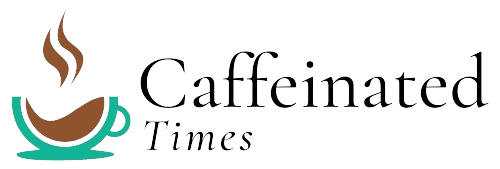In recent years, pour-over coffee has experienced a resurgence in popularity, with many coffee aficionados swearing by the technique for its distinct flavor profile and sensory experience. As demand for pour-over coffee grows, coffee enthusiasts are eager to learn the art of perfecting this brew method. In this article, we’ll dive into the intricacies of pour-over brewing, explore its benefits, and provide tips for mastering this trendy brewing method.
What is Pour-Over Coffee?
Pour-over coffee is a manual brewing method that involves slowly pouring heated water over ground coffee beans in a cone-shaped filter. The resulting coffee is wealthy, full-bodied, and nuanced, with a flavor profile that’s distinct from other brewing methods. The pour-over technique requires attention to detail, patience, and a willingness to experiment with different techniques to achieve the perfect cup.
The Benefits of Pour-Over Coffee
Pour-over coffee has several advantages that set it apart from other brewing methods. For one, it allows for a high degree of control over the brewing process, which can yield a wide range of flavor profiles depending on the coffee beans, grind size, and pouring technique. Additionally, pour-over coffee is relatively low-maintenance, requiring only a few basic tools and minimal cleanup. Finally, pour-over coffee is an exercise in mindfulness, encouraging snail-paced and deliberate sipping and savoring of the cup.
Mastering the pour-over technique requires practice, patience, and a willingness to experiment. Here are some tips to get you started:
- Choose the right coffee beans**: Fresh, high-quality beans are crucial for a great pour-over. Experiment with different roast levels, bean origins, and grind sizes to find your perfect match.
- Utilize the right equipment**: Invest in a high-quality pour-over dripper, such as a Chemex or a Hario V60, and apply a kettle with a precise temperature control.
- Heat the water to the right temperature**: Aim for a temperature between 195°F and 205°F for optimal extraction.
- Pour in compact increments**: Start with compact pours and gradually augment the flow to avoid over-extraction.
- Avoid agitating the grounds**: Resist the temptation to stir the grounds during brewing, as this can disrupt the extraction process and result in an uneven cup.
Conclusion
Pour-over coffee is a brewing method that requires attention, patience, and practice. By mastering the technique, you’ll be rewarded with a wealthy, full-bodied cup that’s uniquely yours. Whether you’re a seasoned coffee enthusiast or just starting your coffee journey, pour-over coffee is an excellent way to experience the art of coffee-making. With the right equipment, high-quality beans, and a little practice, you’ll be well on your way to becoming a pour-over aficionado.
FAQs
- Q: Is pour-over coffee better than other brewing methods? A: Pour-over coffee is a matter of personal preference. It’s an excellent method for those who appreciate the nuances of coffee or prefer a more manual, hands-on approach to brewing.
- Q: How often should I tidy my pour-over equipment? A: Regular cleaning is crucial to prevent bacterial growth and ensure optimal flavor. Spotless your equipment after each apply and descale it monthly to prevent mineral buildup.
- Q: Can I apply pour-over for tea or other heated beverages? A: Yes! Pour-over can be used to brew loose-leaf tea, herbal tea, or even chai. The technique is adaptable, and the equipment can be used for a variety of heated beverages.
- Q: Is pour-over coffee more pricey than other brewing methods? A: Pour-over equipment can range from affordable to quite pricey, depending on the brand and quality. However, the cost of pour-over coffee is comparable to other methods. You may need to invest in higher-quality beans, but the payoff is well worth it in terms of flavor and enjoyment.
